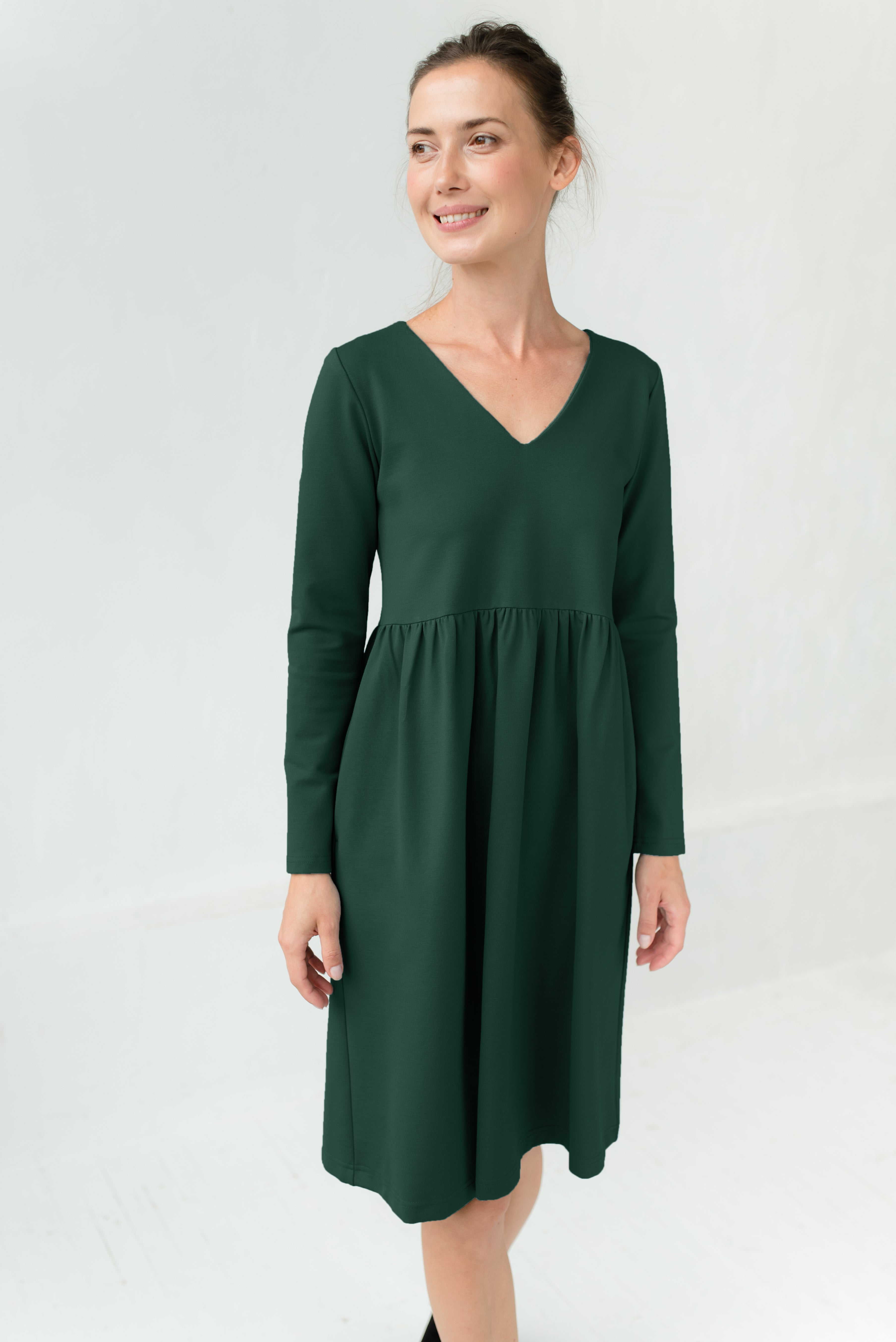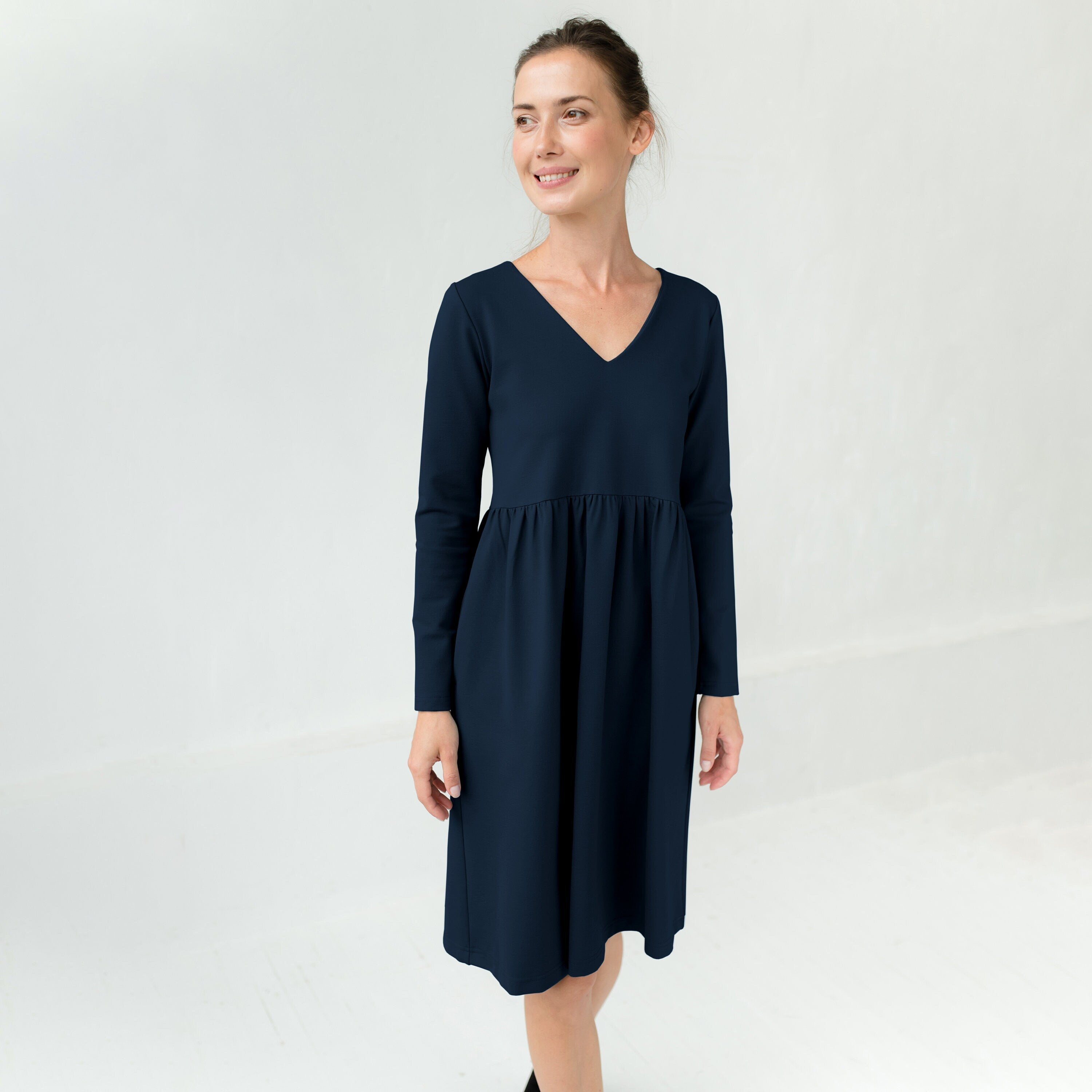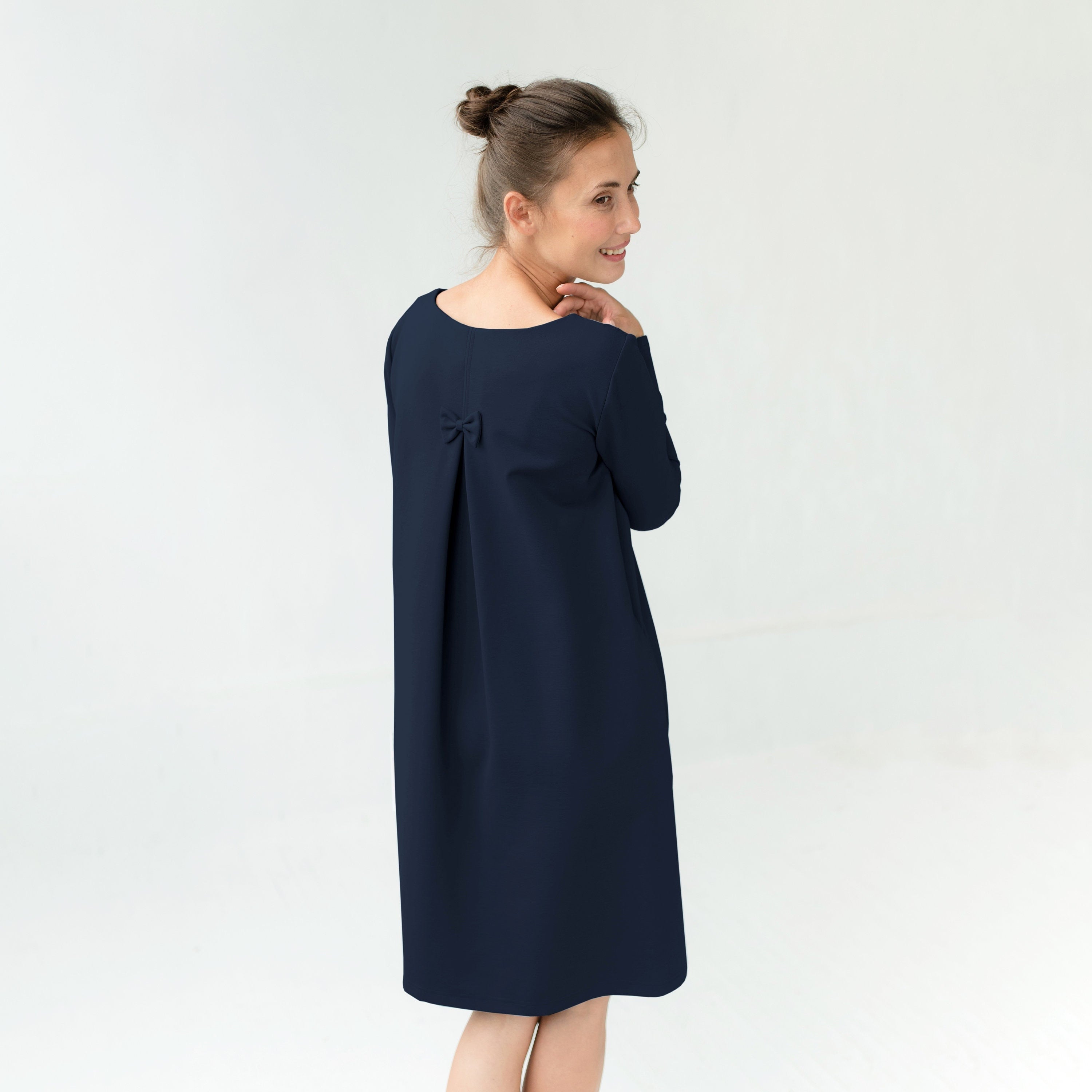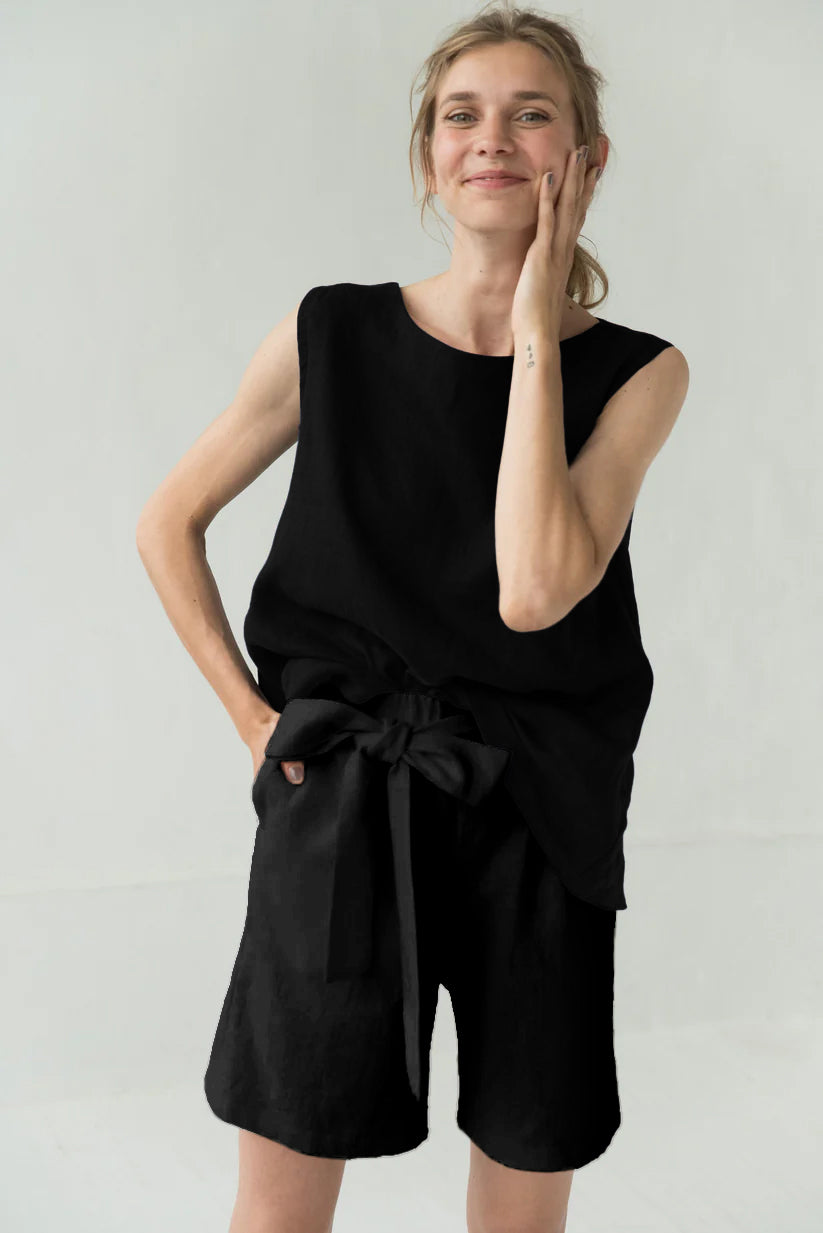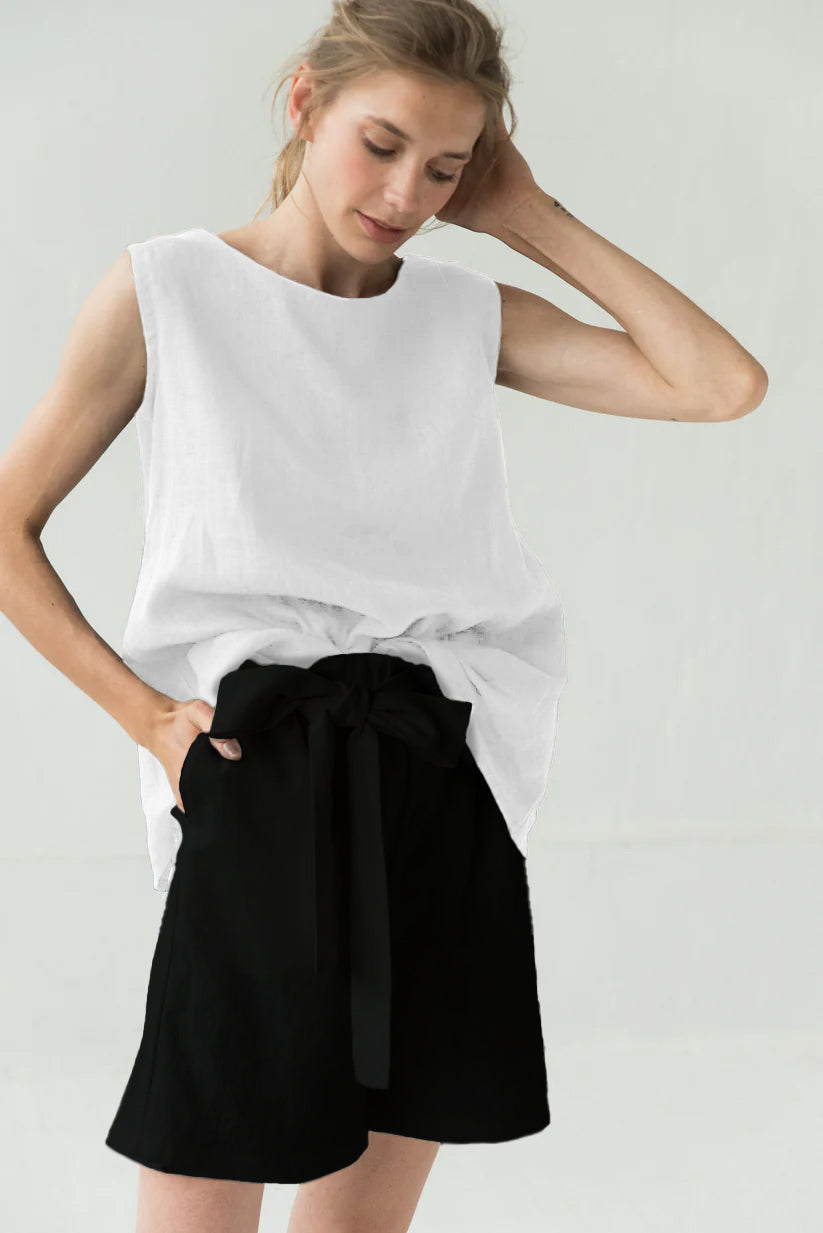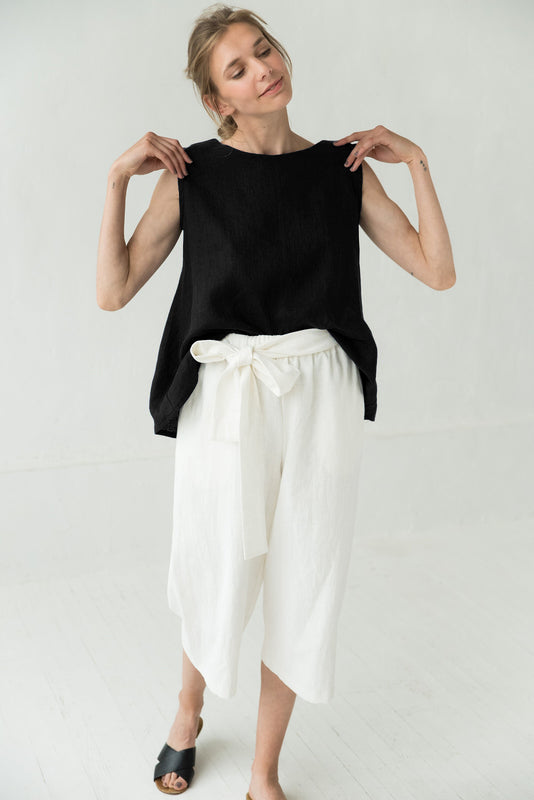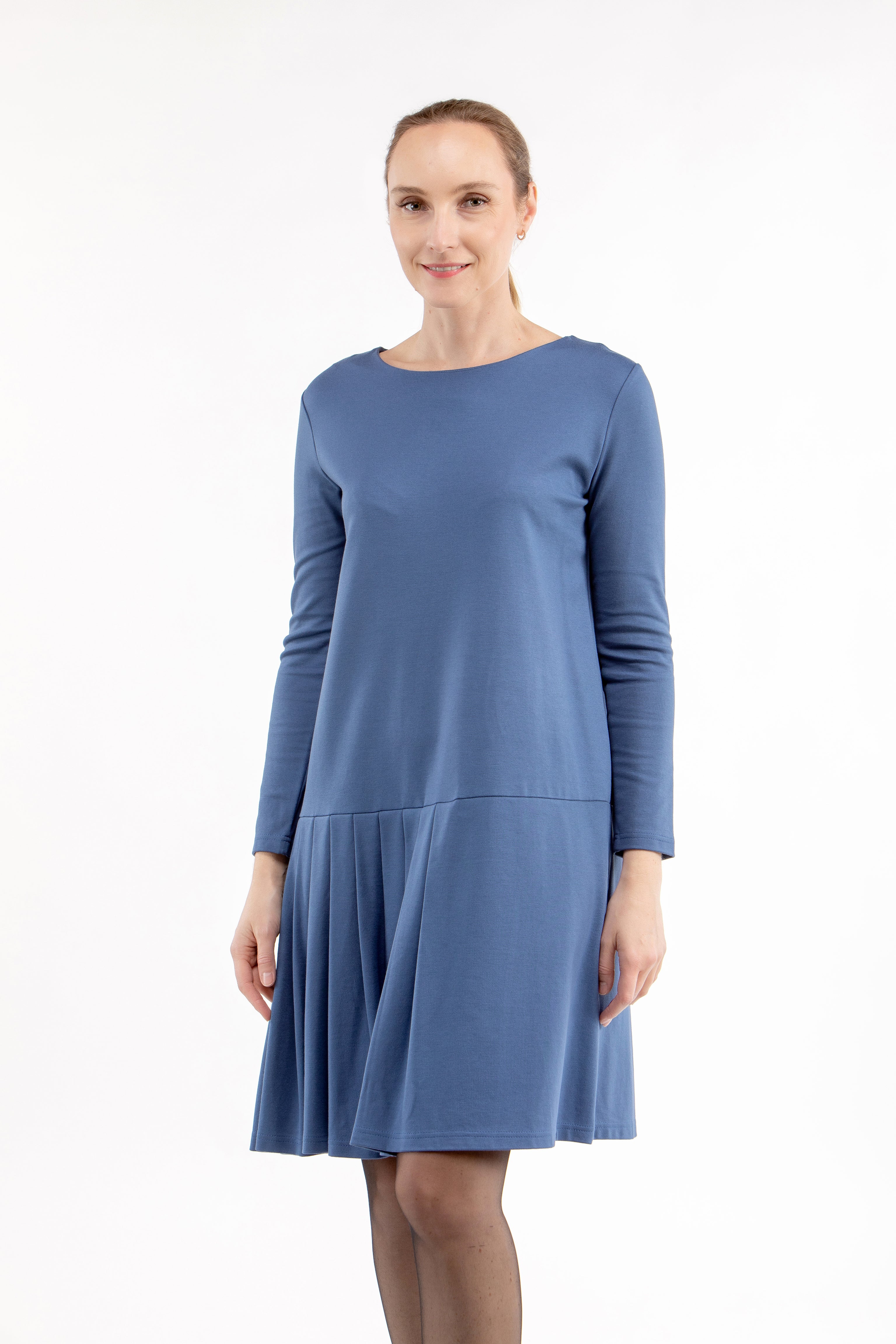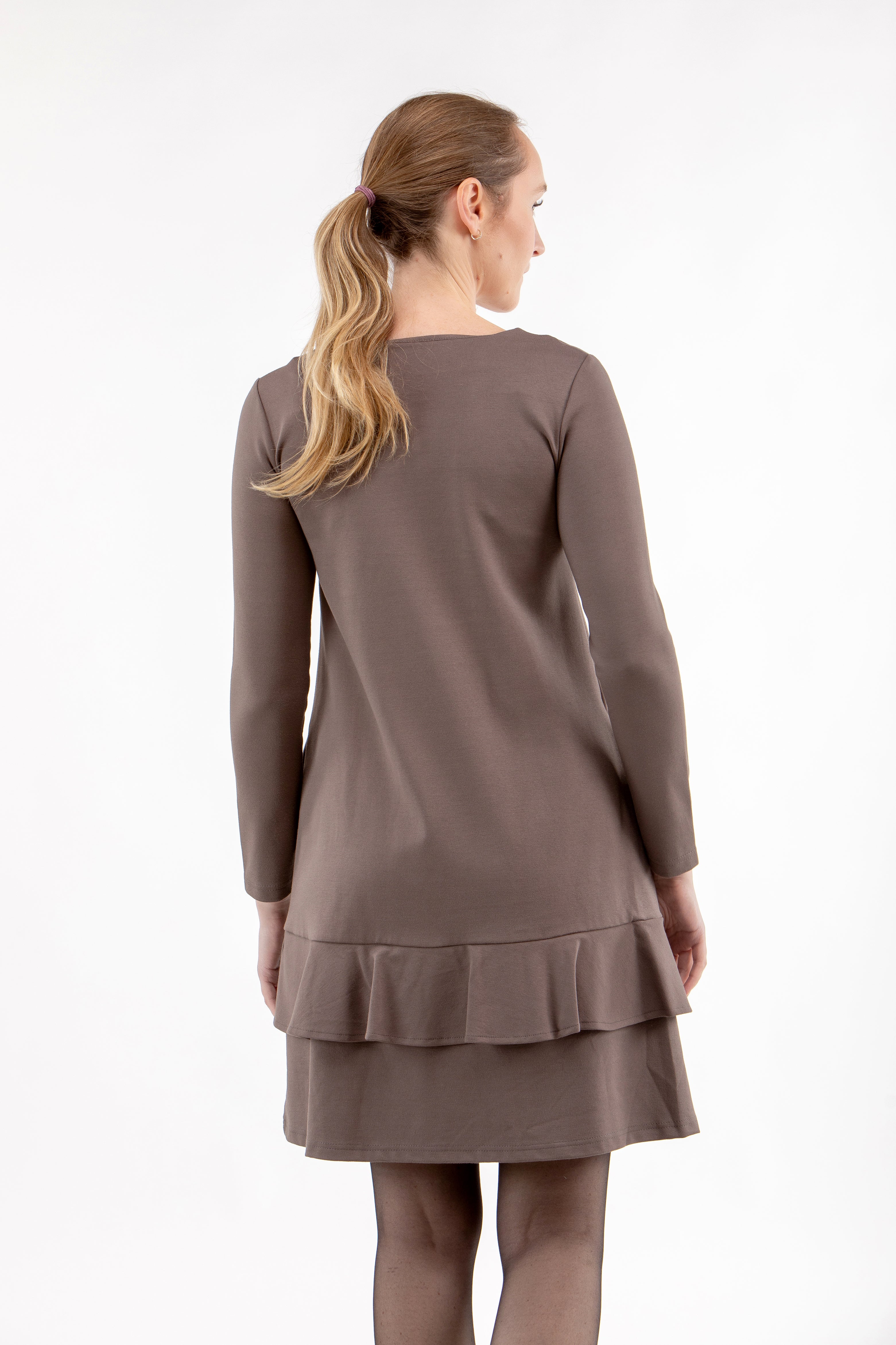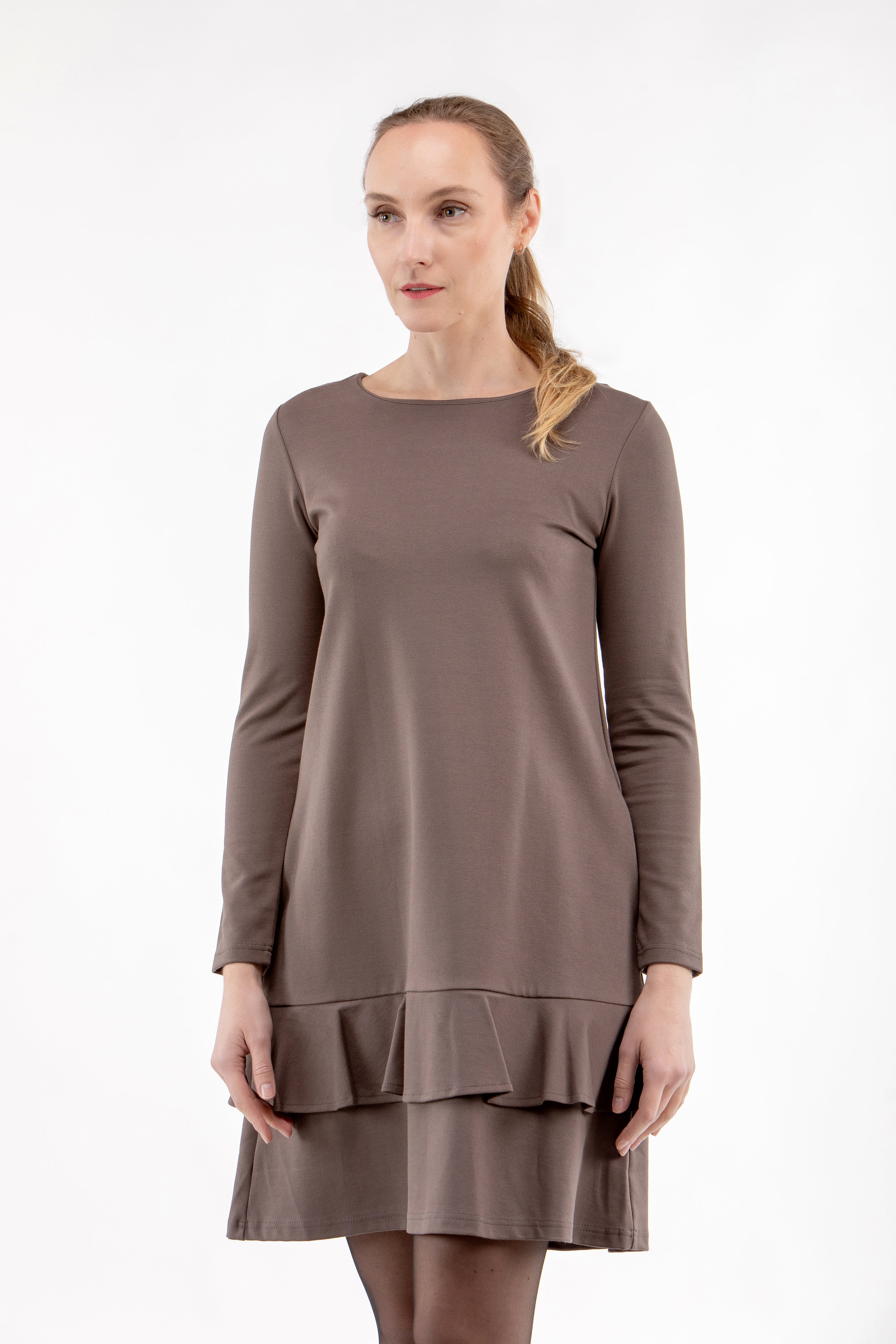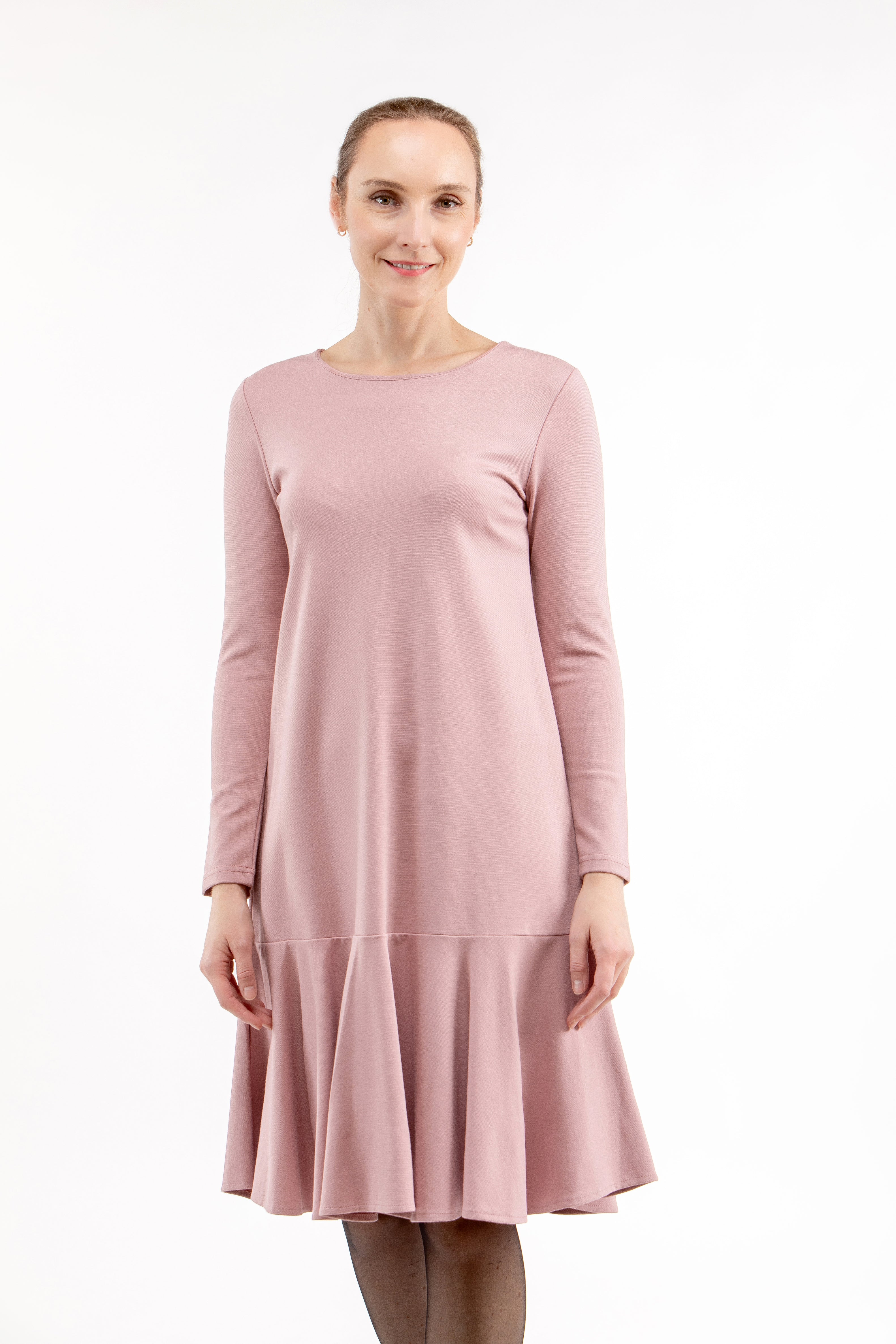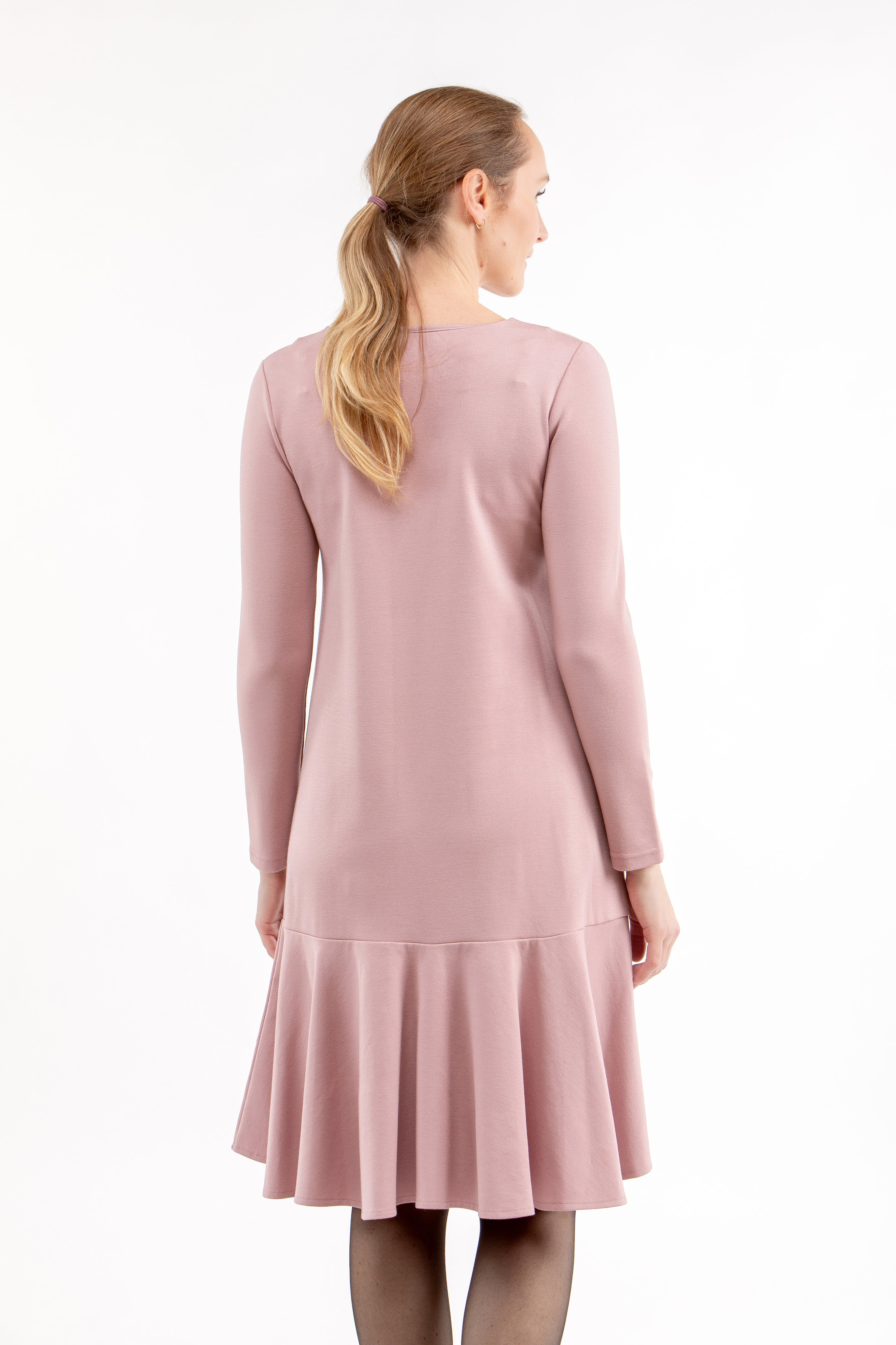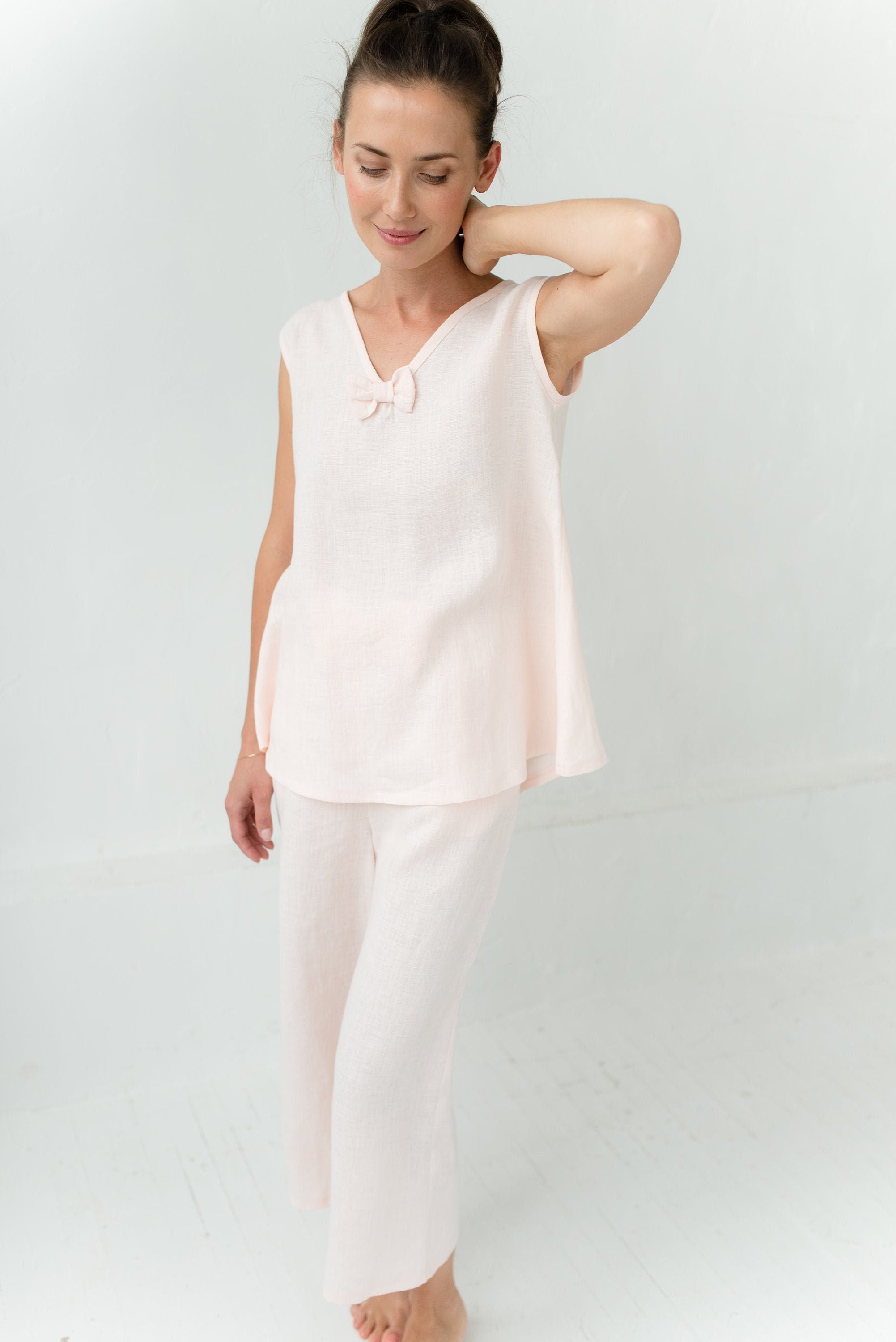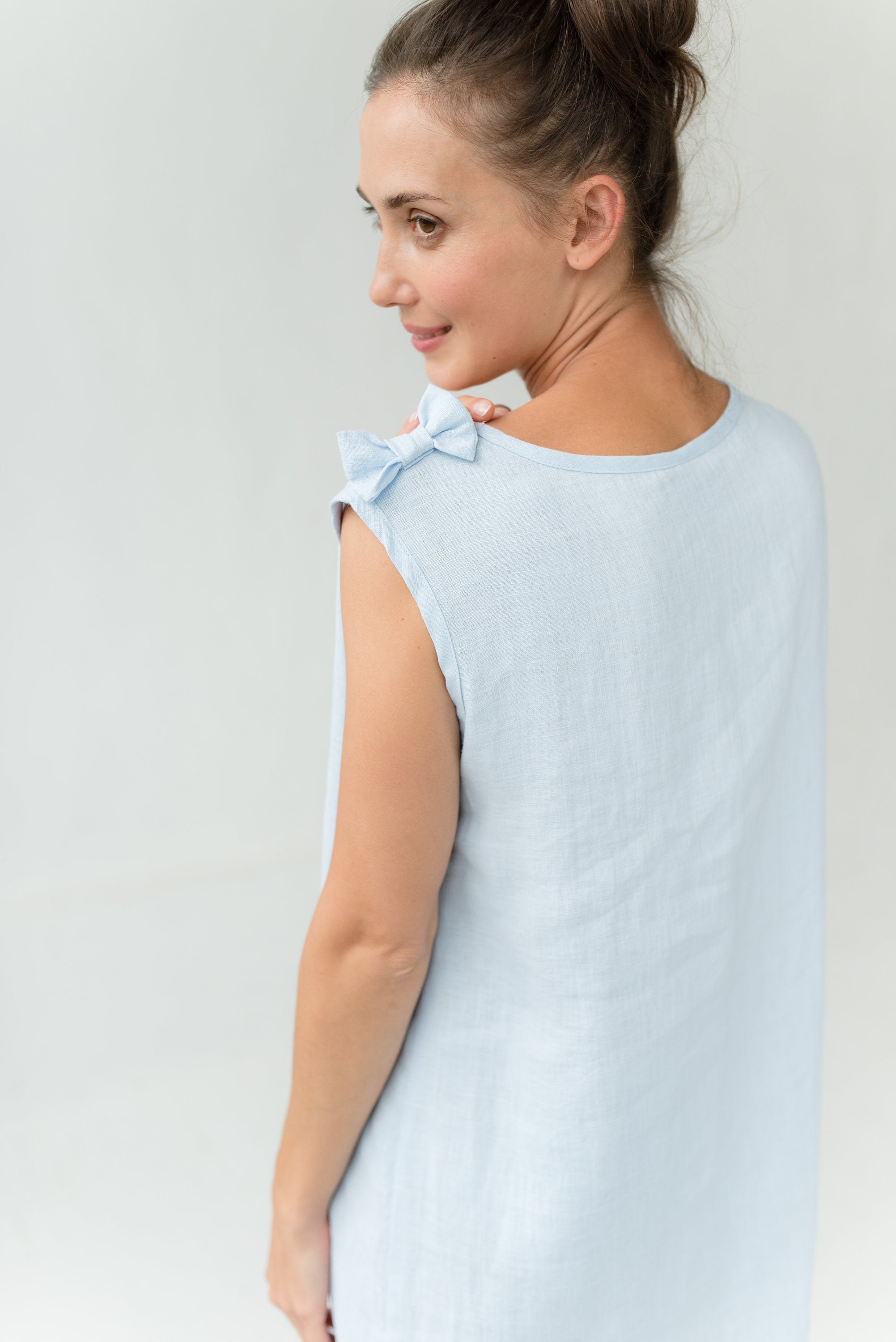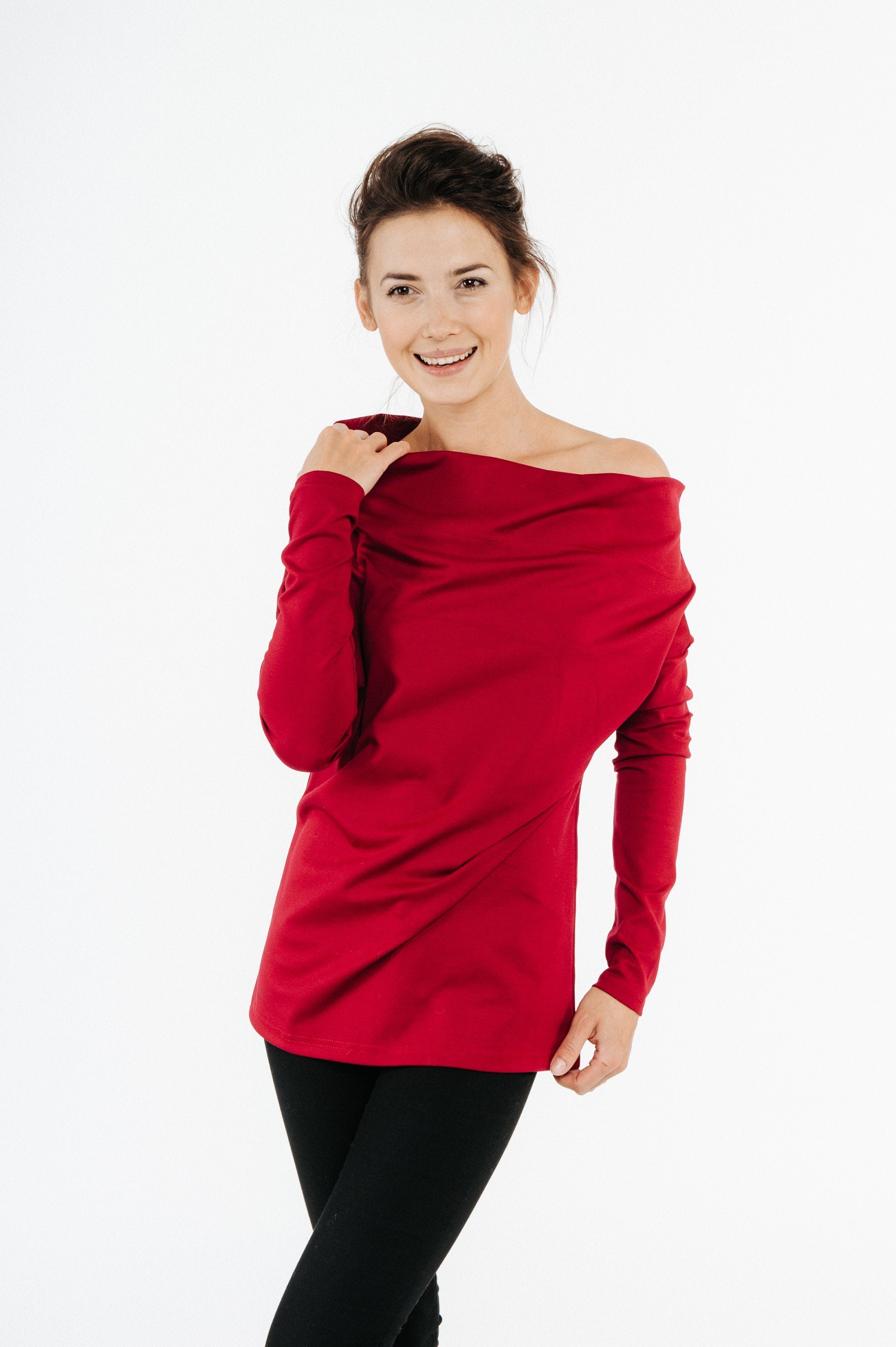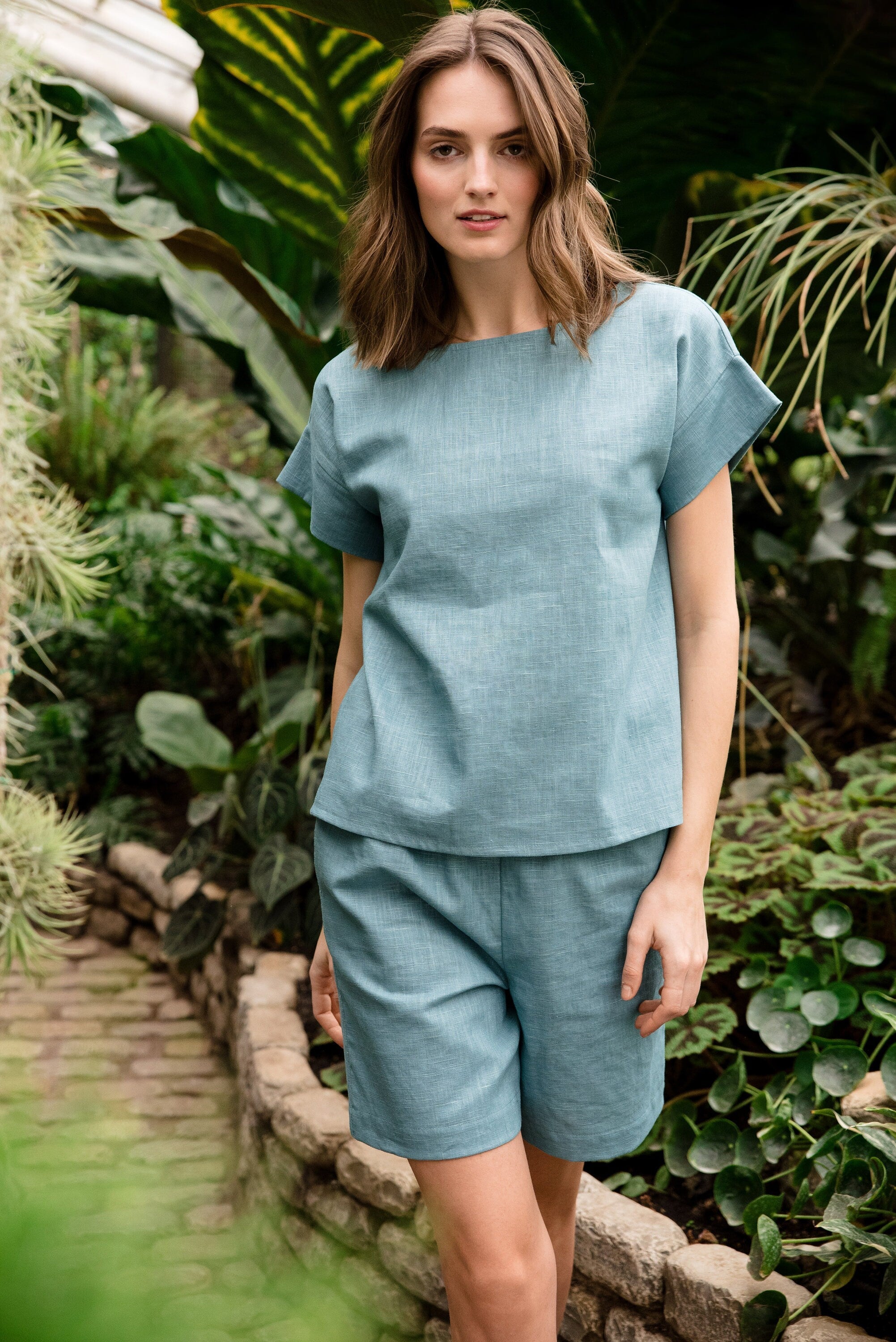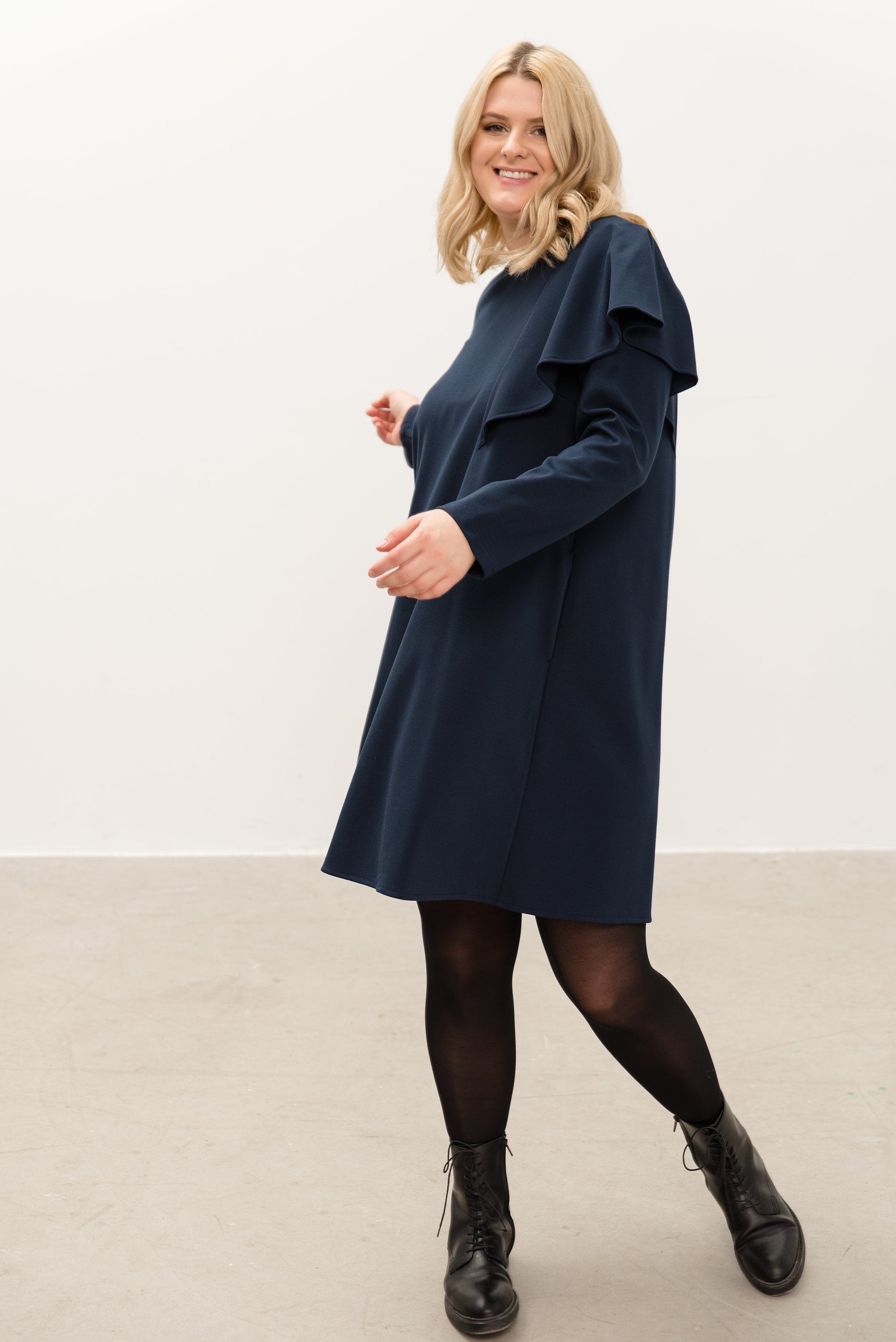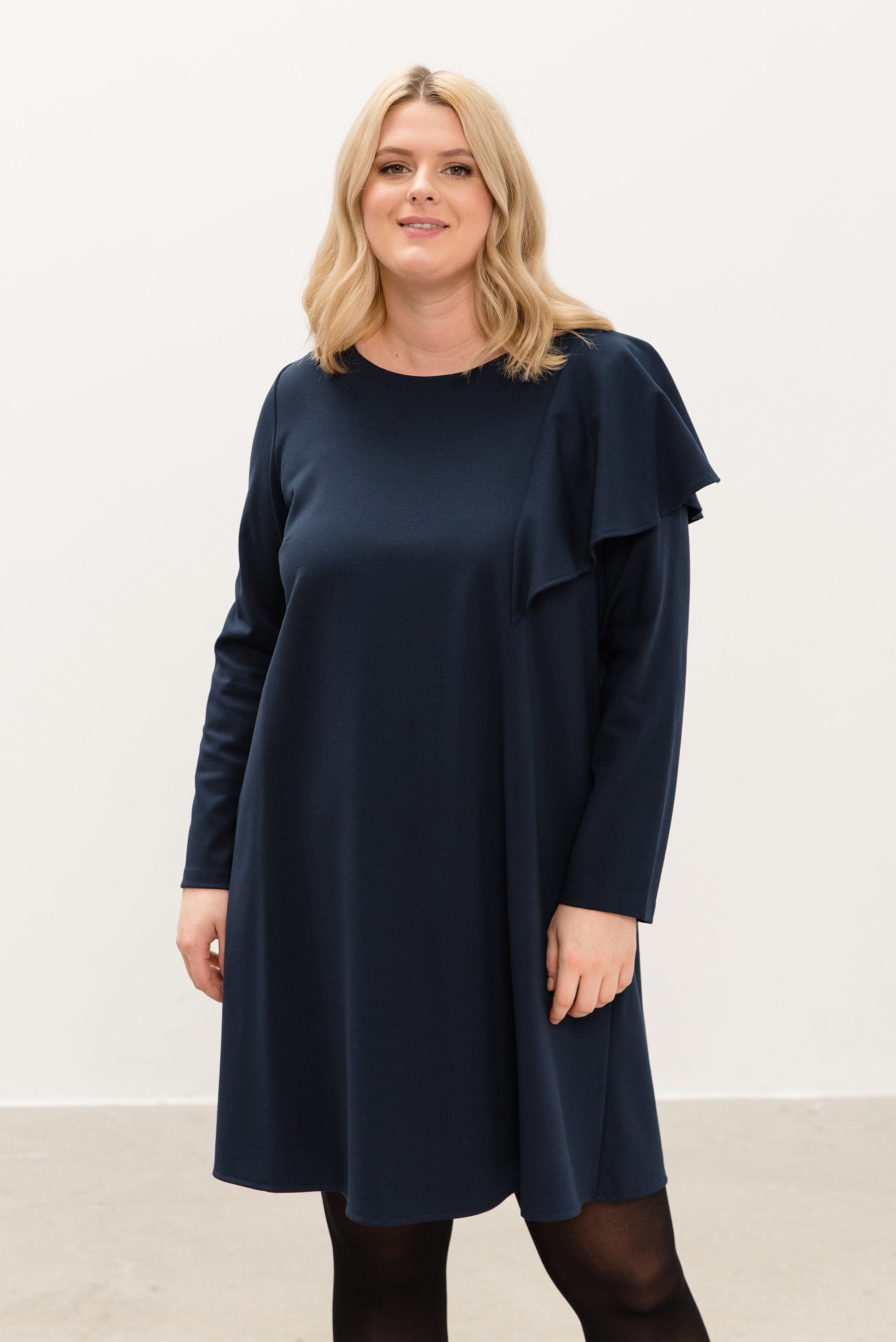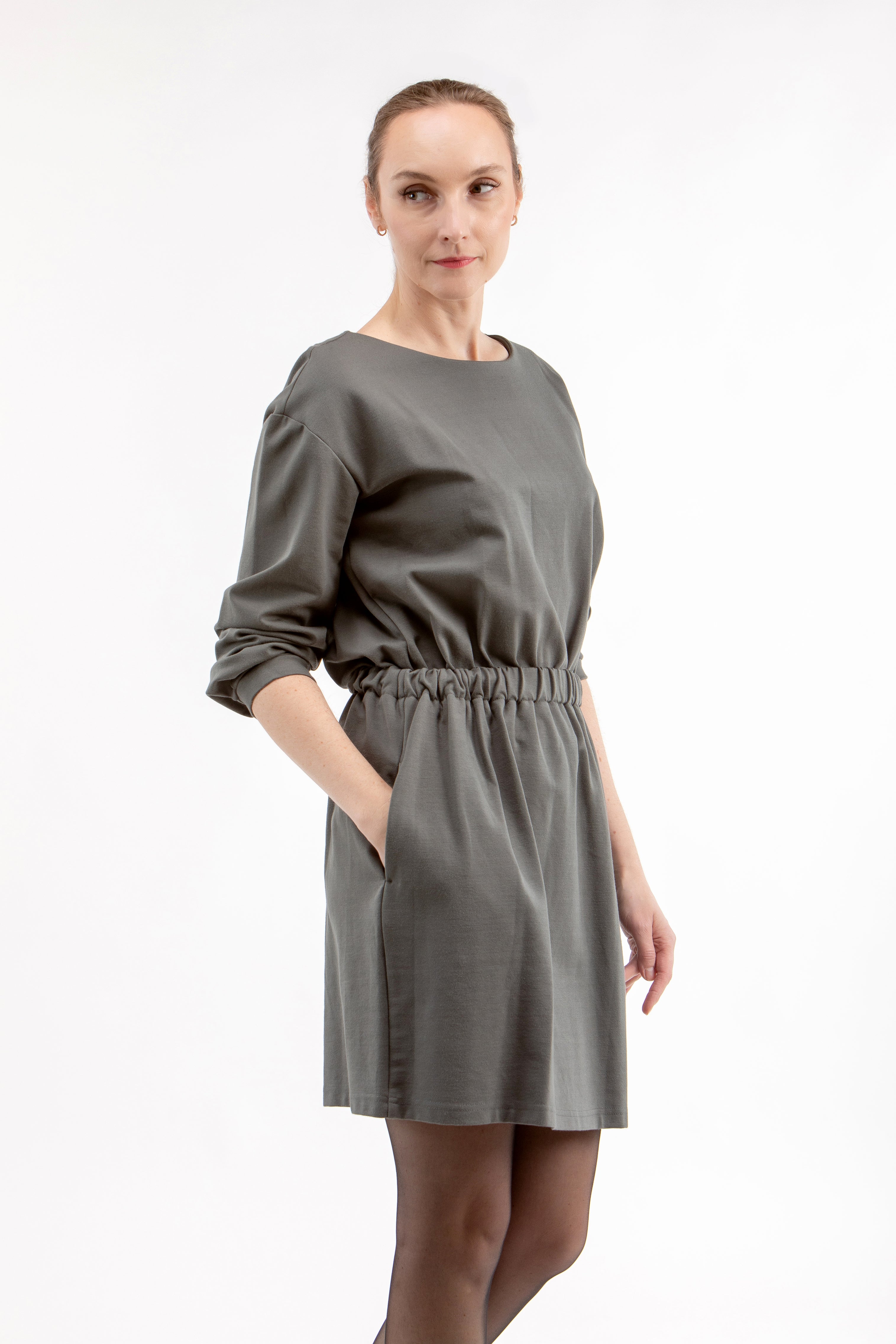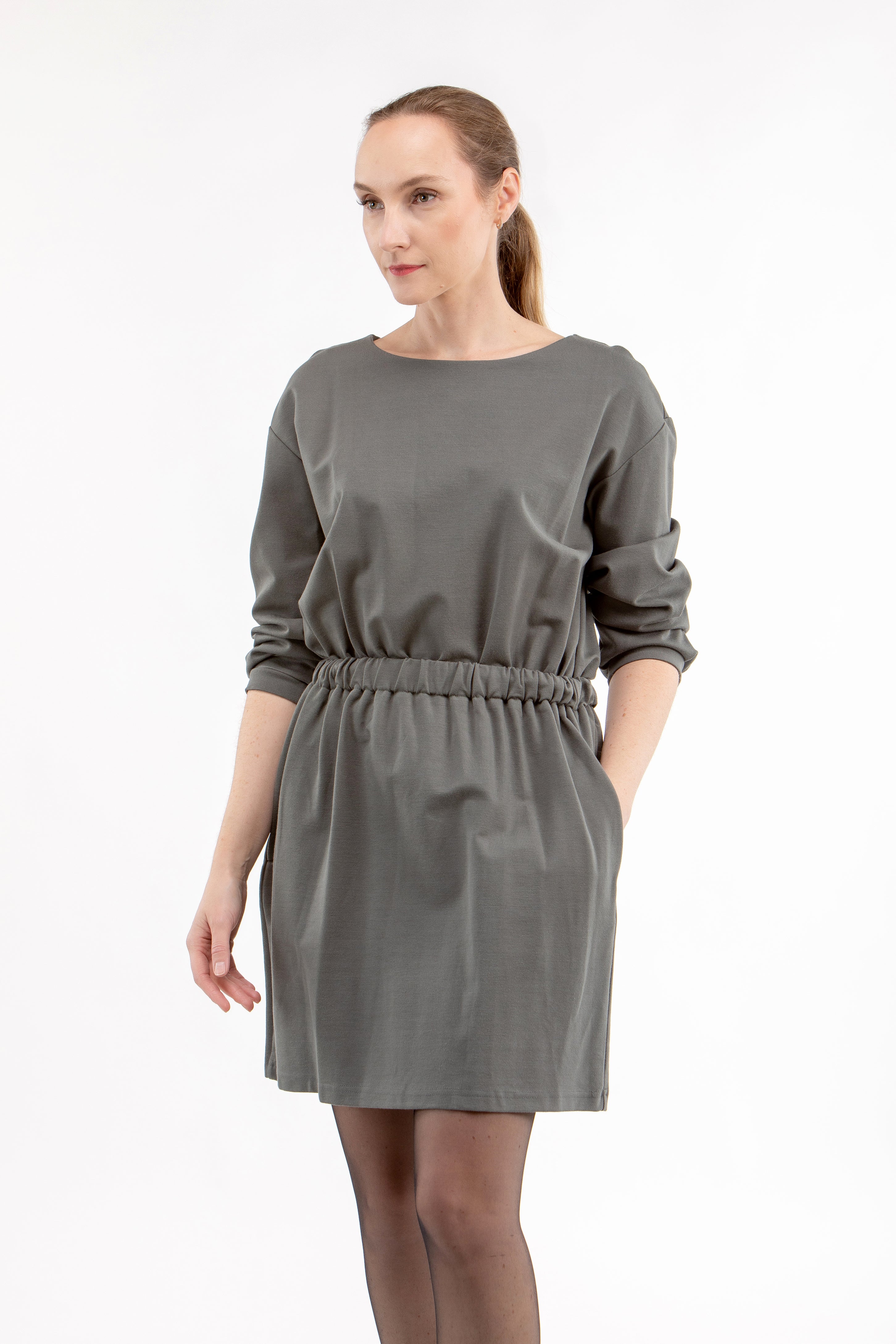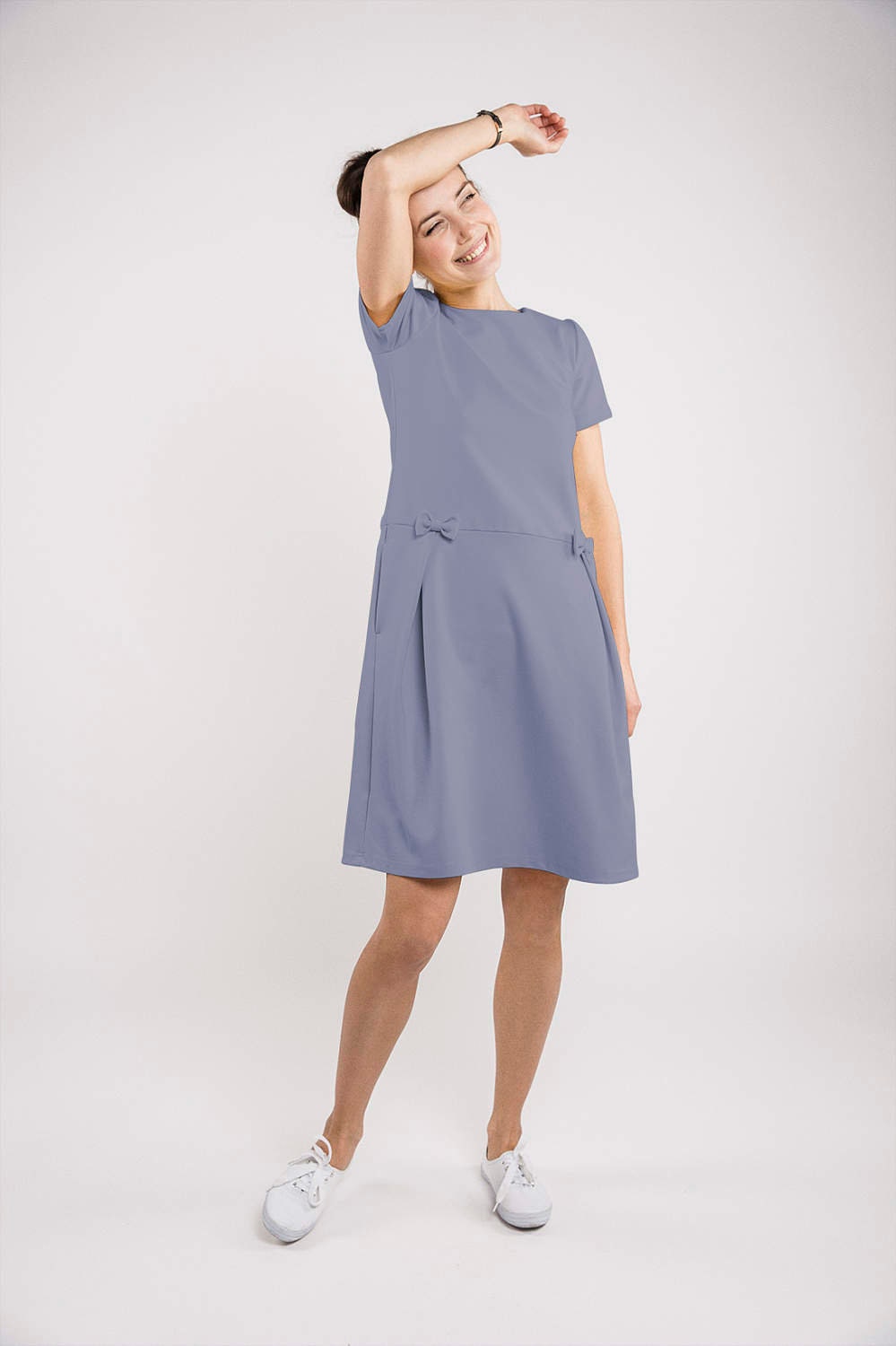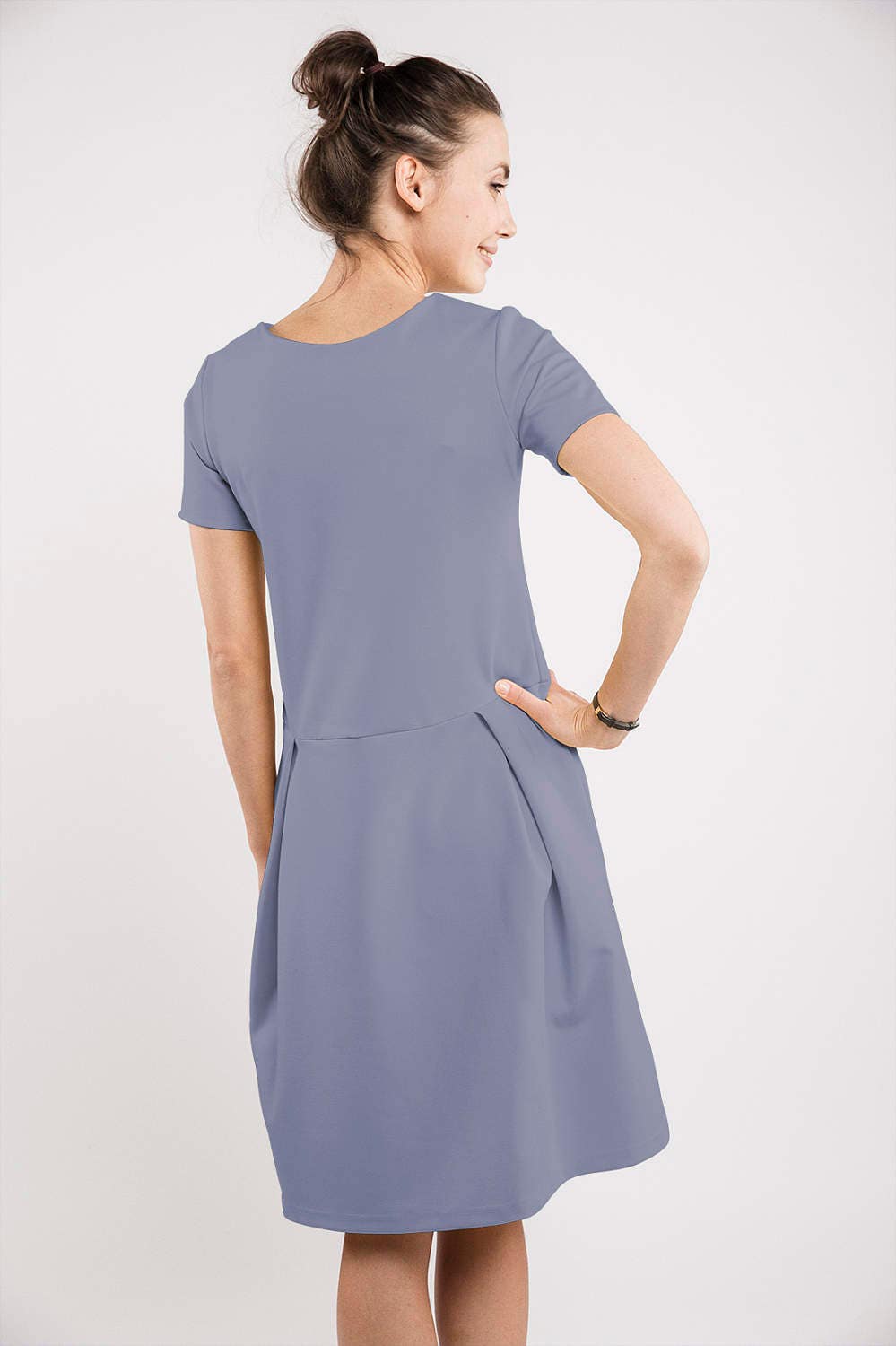What is Wool?
Wool is a natural fiber from the fleece of sheep, goats, and alpacas. It is known for its warming properties and versatility, making it a popular choice for high quality wool clothes. Wool fibers are made up of protein, which is naturally bacteria-resistant. The fibers are also naturally absorbent, allowing the skin to breathe and keeping the body warm in cold weather. Get to know about benefits of wool.
What is cashmere?
Cashmere is a wool-type that comes from the fine hairs of goats (Cashmere goats, including Kashmir goats). These goats are typically found in the Himalayas, and their fleece is used to make cashmere wool. The cashmere fibers are much finer than regular wool, making it softer and lighter. Thus, cashmere is a popular choice for winter clothing, as it can trap heat without adding extra weight or heaviness to the garment itself.
Cashmere vs Wool main differences
Both Cashmere and Wool have their strengths and weaknesses. Let’s compare main properties and characteristics to find out what are the main differences and similarities between the two.
Warmth
One of the differences between cashmere and Wool is their warmth. Cashmere fibers are much finer than wool fibers, which makes them better at trapping heat without adding extra weight or bulk to the garment. So, is cashmere warmer than Wool? Yes, it is ideal for cold weather and layering under other clothing. The fineness of cashmere fibers also makes them ideal for creating lightweight and warm winter garments such as sweaters, scarves, and hats.
Wool fibers, on the other hand, are thicker than cashmere fibers. While wool fibers are also naturally insulating, they are not as fine as cashmere fibers, which means they do not trap heat as effectively. However, this also means that wool garments are more durable and suitable for outerwear. The thicker fibers of wool make the material more resistant and durable to wear and tear.
Another factor contributing to the warmth of cashmere and wool is the density of fibers per square inch. Cashmere fibers are less dense than wool fibers, which means cashmere fabrics are lighter and more breathable: This makes cashmere garments more comfortable to wear as they allow better air circulation and prevent overheating. Wool fibers are denser, which makes wool fabric heavier and less breathable: This makes wool garments more suitable for colder and windy weather conditions.
Durability
The cashmere vs wool durability is another key difference. Wool fibers are naturally elastic, which means they can stretch and return to their original shape without losing shape, making wool garments more durable and long-lasting. Wool fibers also naturally resist wear and tear and are better suited for outerwear and activewear. The wool fibers' natural crimp also helps protect them from damage.
On the other hand, cashmere fibers are more delicate and prone to pilling and wearing out faster than wool fibers. Cashmere fibers are finer and more prone to damage from abrasion, so they are less suitable for heavy wear. Cashmere fibers are also more prone to breaking, which means they are more delicate and require more care when washing and storing.
Itchiness
Itchiness is a common concern in wool garments, as the fibers can be rough on the skin. However, cashmere is considered less itchy than wool because it does not contain lanolin, which can cause itching in some people.
Cashmere fibers are much finer than wool fibers, which means they are softer and smoother on the skin. Hence, cashmere garments are more comfortable to wear, especially for those who have sensitive skin. The fine fibers of cashmere are not as likely to irritate the skin and cause itching as compared to wool fibers.
On the other hand, wool fibers can be scratchy or rougher on the skin if they are not treated or blended with other fibers to make them softer. Some wool garments, such as those made from Merino wool, are treated with special processes such as "super-washing," which makes the fibers softer and less itchy. Other wool garments can be blended with fibers, such as silk or polyester, to make them softer and less itchy.
Care
When it comes to caring, cashmere vs wool garments have different requirements. Cashmere garments are much more delicate than wool garments and require more careful handling.
Cashmere garments should be hand washed or dry-cleaned since they can be easily damaged. It's important to use a mild detergent and cool water when hand washing cashmere. Avoid using hot water or bleach, as this can cause the fibers to shrink or lose their shape. After washing, cashmere garments should be gently squeezed out of excess water and laid flat to dry. Never put cashmere garments in the dryer, as the heat can damage the fibers.
On the other hand, wool garments can be machine washed, but it's best to hand wash or dry-clean them to prevent shrinkage and damage. When hand washing wool garments, use a mild detergent and cool water. Never use hot water or bleach, as this can cause the fibers to shrink or lose their shape. Wool garments should be gently squeezed out of excess water and laid flat to dry. They should not be hung out or wrung to dry, as this can cause the fibers to stretch and lose shape. There is more information on how to soften wool here.
Cost
Cost is another important factor to consider when choosing between cashmere and wool. Cashmere is generally considered a luxury natural fiber and more expensive than wool because the production process of cashmere is more labor-intensive, and the fibers are much finer. The cost of cashmere also depends on the quality of the fibers. High-quality cashmere fibers are longer, finer, and more uniform in color, which makes them more expensive.
On the other hand, wool can vary in price depending on the quality of the Wool and the brand. Merino wool, for example, is considered premium wool and has a higher cost than regular wool. However, Wool can also be found at a more affordable price point, depending on the quality of the fibers and the brand.
It's also important to consider the fibers' source and ensure they are ethically and sustainably produced. Some cashmere and wool garments are produced using unethical or unsustainable practices, which can drive costs.
You read about differences between Cashmere and Wool, but you can find even more differences if you compare Cashmere to Merino wool. Here are the main differences between them.
Cashmere vs Merino wool
Merino wool is a wool type that comes from the Merino sheep. Like cashmere, it is known for its softness and warmth. However, let's distinguish: Merino wool vs cashmere. Cashmere is warmer than Merino wool, which can be seven to eight times warmer. Another difference between cashmere and wool is that cashmere is softer than Merino wool, as it has a higher loft. However, merino wool is more durable than cashmere and is a better choice for active wear.
Cashmere vs Wool? Which one to choose?
When choosing wool cashmere, it's important to consider your needs and preferences. Both cashmere and wool have unique properties that make them suitable for different types of clothing and occasions.
Cashmere is considered to be a luxury natural fiber that is known for its warmth and softness. It's a great choice for winter clothing, such as cashmere sweaters, scarves, and blankets. It's also a popular choice for high-end fashion collections. Cashmere is a great choice if you're looking for a warm and soft fabric that can be worn in cold weather.
On the other hand, wool is a versatile natural fiber known for its durability and moisture-wicking properties. It's a great choice for activewear, outdoor clothing, and household items. Wool is a great choice if you're looking for a fabric that can withstand wear and tear and keep you warm and comfortable in wet conditions.
When choosing between cashmere and wool, it's also important to consider the itchiness factor, especially if you have sensitive skin. Cashmere is considered to be less itchy than wool as it does not contain lanolin.
In terms of cost, cashmere is generally more expensive than wool because the production process of cashmere is more labor-intensive, and the fibers are much finer. However, wool garments can also vary in price, depending on the quality of the Wool and the brand. It's also worth considering the fibers' source and ensuring they are ethically and sustainably produced.
Regarding care, cashmere garments are considered more delicate and require more careful handling than wool garments. However, proper care of wool garments can also prolong their lifespan and make them last for years.
Whether you choose cashmere or wool depends on your personal preference, budget, and the garment's purpose. Cashmere is a great choice if you're looking for a warm and soft fabric that can be worn in cold weather, while wool is a great choice if you're looking for a fabric that can withstand wear and tear and keep you warm and comfortable in wet conditions.
Conclusion
In conclusion, cashmere and wool are both great choices for winter-weather garments, but they have different properties, advantages, and characteristics. Cashmere is warmer, softer, and lighter than wool, but it is also more delicate and expensive. Wool is more durable and suitable for activewear but is warmer than cashmere. Ultimately, the choice between cashmere and wool comes down to personal preference and the garment's intended use. Find wool vs cotton comparisons on our blog.








